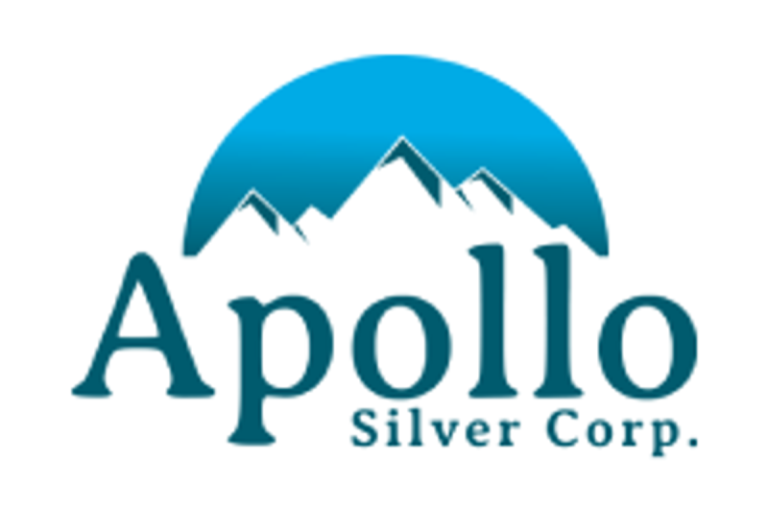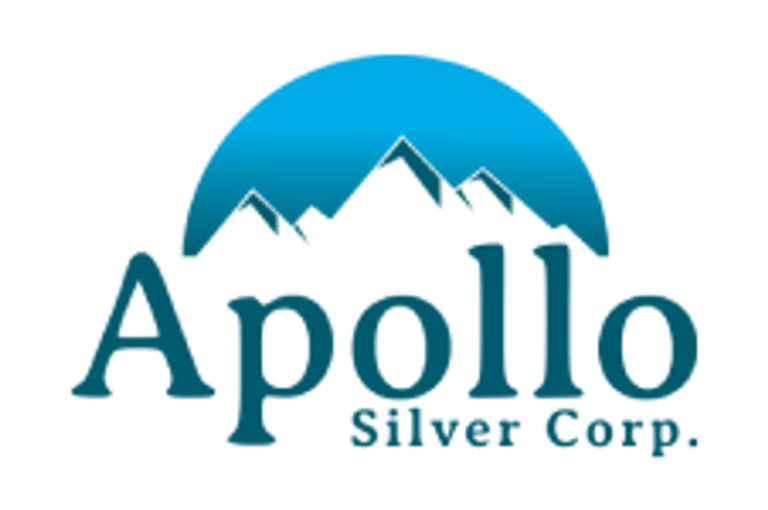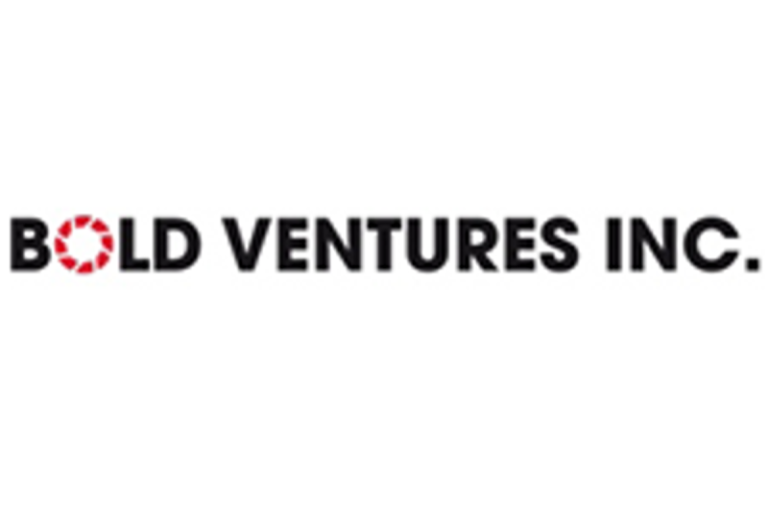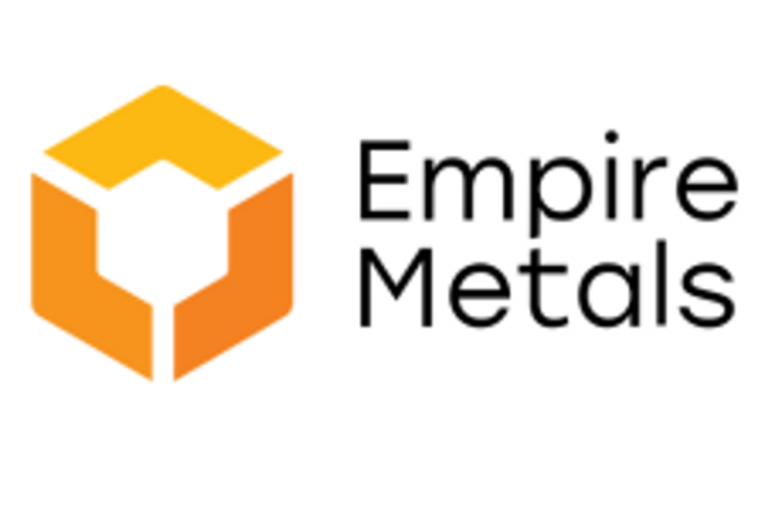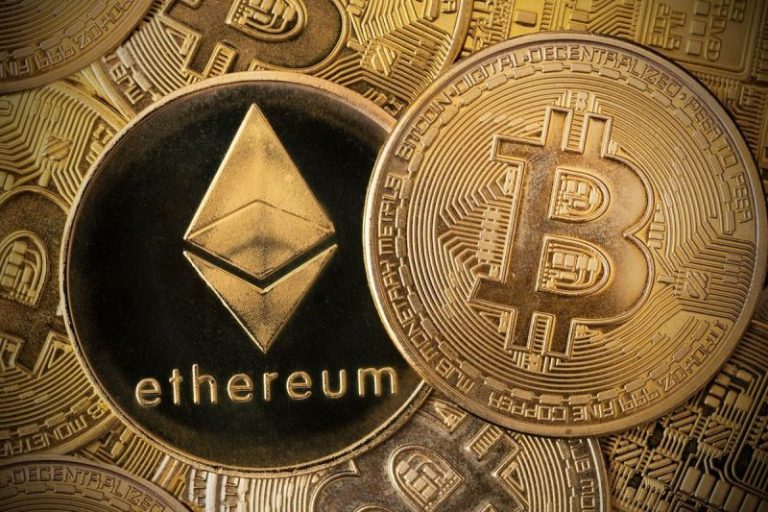Bold Ventures Inc. (TSXV: BOL,OTC:BVLDF) (the ‘Company’ or ‘Bold’) is pleased to announce the results of an A and B Horizon Soil Sampling Program on its Burchell Gold and Copper Property (‘the Property’), located approximately 100 km west of Thunder Bay, Ontario. 474 samples in total were collected on a flagged 800 m by 1 km grid centered on the 111 Zone, where grab samples returned from 10 ppb Au up to 68 gt Au last Fall (see Bold news release dated January 9, 2025).
Highlights from the survey include:
- Highly anomalous gold values in B Horizon soil, with one sample returning 647 ppb Au.
- Anomalous base metal values in both A and B Horizons.
- Association of gold and base metal anomalies with mapped contact zones between geological units.
- At least three distinct clusters of gold and base metal anomalies identified for follow-up prospecting.
Samples were collected during the month of May on NNW-SSE lines spaced 100 meters apart, with 25-meter sample station spacing, collecting A Horizon and B Horizon where possible. Two test lines of A Horizon were sampled across a prominent swamp in the northern part of the survey area to test the performance over deeper cover. See Figure 1 below for the survey location on the Property and Figure 2 and Figure 3 for A and B Horizon gold (Au), zinc (Zn), copper (Cu), and Lead (Pb) results. Results are discussed in more detail below. A link to the soil sample results table is provided here.
Figure 1
To view an enhanced version of this graphic, please visit:
https://images.newsfilecorp.com/files/5762/262827_bee0d035243d3b3e_001full.jpg
*Note: The QP has been unable to verify the resource estimates referred to above and these are not necessarily indicative of mineralization present on the Burchell Property.
B Horizon Soil Sampling Results
212 B Horizon soil samples were collected and submitted for geochemical analysis. Results for Au, Zn, Cu and Pb are presented in Figure 2 with values greater than the 90th and 99th percentiles highlighted in coloured symbols by element.
Three gold anomalies stand out:
- 647 ppb Au, located 400 meters east-northeast of the 111 Zone.
- 301 ppb Au, located 230 meters west-northwest of the 111 Zone.
- 76 ppb Au, located 170 meters south-southwest of the 111 Zone.
These gold anomalies all occur proximal to contact zones between mafic metavolcanics and either intermediate to felsic metavolcanics or quartz sericite schist. The geology on the flagged grid was mapped concurrently with the soil sampling program during May. The closest sample to the 111 Zone responded with a value of 8 ppb Au.
The 111 Zone occurs in strongly silicified and sheared mafic metavolcanics very near to the contact with the quartz sericite schist unit mentioned above, which may represent strongly silicified felsic volcanics, commonly containing at least 1% fine disseminated pyrite. The altered volcanic rocks on the southern and northern margins of the quartz sericite schist commonly contain trace to locally 5%
The quartz sericite schist unit is spatially associated with maximum B Horizon anomalies of 1590 ppm Zn and 442 ppm Pb. Cu responded poorly in comparison to Zn and Pb, with a maximum value of 47 ppm. However, the highest Cu anomalies still occur proximal to geological contacts.
It should be noted that the two highest zinc-in-till anomalies from the 1999 Western Shebandowan Greenstone Belt regional till survey, carried out by the Ontario Geological Survey (Bajc, 2000), occur on the same trend on the property, with the second-highest anomaly occurring immediately down-ice of the 111 Zone grid. 400 till samples were collected in this survey. Osmani (2017) reports that base metal mineralization in the area tends to occur along fractured or sheared contacts between mafic metavolcanics and felsic or intermediate metavolcanics.
At least three clusters of gold and base metal anomalies have been identified proximal to geological contacts for follow-up prospecting, see Figure 2.
A Horizon Soil Sampling Results
262 A Horizon soil samples were collected and submitted for geochemical analysis. Results for Au, Zn, Cu and Pb are presented in Figure 3, with values greater than the 90th and 99th percentiles highlighted in coloured symbols by element.
The A Horizon samples in general responded poorly compared to B horizon when considering gold, with the highest result of 44 ppb Au near the 111 Zone. However, the base metal response was strong for Zn, Cu and Pb, with maximum results of 4520 ppm Zn, 547 ppm Cu, and 350 ppm Pb. The anomalies cluster similarly to the B horizon anomalies, with an additional area of interest to the north within a prominent swamp. Only two lines were sampled across this swamp to test the response over the deeper overburden. Most samples were anomalous in Pb, complemented frequently by Cu and weak Au anomalies. The two highest Pb anomalies occur in the middle of the swamp. See Figure 3.
QAQC Protocols
Soil samples were collected, documented and photographed in the field, then placed in sealed bags and delivered to Activation Laboratories (ActLabs) in Thunder Bay, which is an ISO / IEC 17025 accredited laboratory. Soil sample collection is subject to Bold’s internal quality assurance / quality control (QAQC) protocols, which include the insertion of blank material and certified reference material into each batch of samples submitted. B Horizon samples referenced in this news release were analyzed using ActLabs methods 1A2-50, a 50g fire assay with atomic absorption finish, and 1F2, a total digestion with ICP-OES finish for trace elements. A Horizon samples were analyzed using ActLabs methods 2A, an INAA analysis for gold and trace elements, as well as ActLabs method 2C1, an aqua regia partial digestion with ICP finish for select metals.
The technical information in this news release was reviewed and approved by Coleman Robertson, B.Sc., P. Geo., the Company’s V.P. of Exploration and a qualified person (QP) for the purposes of NI 43-101.
Bold Ventures management believes our suite of Battery, Critical and Precious Metals exploration projects are an ideal combination of exploration potential meeting future demand. Our target commodities are comprised of: Copper (Cu), Nickel (Ni), Lead (Pb), Zinc (Zn), Gold (Au), Silver (Ag), Platinum (Pt), Palladium (Pd) and Chromium (Cr). The Critical Metals list and a description of the Provincial and Federal electrification plans are posted on the Bold Critical and Battery Minerals page.
References
Bajc, A.F. 2000. Results of regional till sampling in the western part of the Shebandowan greenstone belt, northwestern Ontario; Ontario Geological Survey, Open File Report 6012, 74p.
Osmani, A., 2017. NI 43-101 Technical Report on the Burchell Lake Property, Northwestern Ontario, Thunder Bay Mining District, NTS 52B/10SE, for Tanager Energy Inc.
About Bold Ventures Inc.
The Company explores for Precious, Battery and Critical Metals in Canada. Bold is exploring properties located in active gold and battery metals camps in the Thunder Bay and Wawa regions of Ontario. Bold also holds significant assets located within and around the emerging multi-metals district dubbed the Ring of Fire region, located in the James Bay Lowlands of Northern Ontario.
For additional information about Bold Ventures and our projects please visit boldventuresinc.com or contact us at 416-864-1456 or email us at info@boldventuresinc.com.
‘Bruce A MacLachlan’
Bruce MacLachlan
President and COO
Direct line: (705) 266-0847
Email: bruce@boldventuresinc.com |
‘David B Graham’
David Graham
CEO |
Neither TSX Venture Exchange nor its Regulation Services Provider (as that term is defined in the policies of the TSX Venture Exchange) accepts responsibility for the adequacy or accuracy of this release.
Cautionary Note Regarding Forward-Looking Statements: This Press Release contains forward-looking statements that involve risks and uncertainties, which may cause actual results to differ materially from the statements made. When used in this document, the words ‘may’, ‘would’, ‘could’, ‘will’, ‘intend’, ‘plan’, ‘anticipate’, ‘believe’, ‘estimate’, ‘expect’ and similar expressions are intended to identify forward-looking statements. Such statements reflect our current views with respect to future events and are subject to such risks and uncertainties. Many factors could cause our actual results to differ materially from the statements made, including those factors discussed in filings made by us with the Canadian securities regulatory authorities. Should one or more of these risks and uncertainties, such actual results of current exploration programs, the general risks associated with the mining industry, the price of gold and other metals, currency and interest rate fluctuations, increased competition and general economic and market factors, occur or should assumptions underlying the forward looking statements prove incorrect, actual results may vary materially from those described herein as intended, planned, anticipated, or expected. We do not intend and do not assume any obligation to update these forward-looking statements, except as required by law. Shareholders are cautioned not to put undue reliance on such forward-looking statements.
NOT FOR DISTRIBUTION TO U.S. NEWSWIRE SERVICES OR FOR DISSEMINATION IN THE UNITED STATES
To view the source version of this press release, please visit https://www.newsfilecorp.com/release/262827

